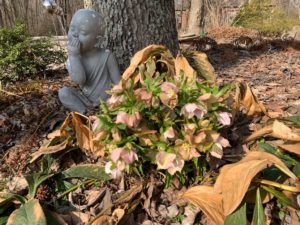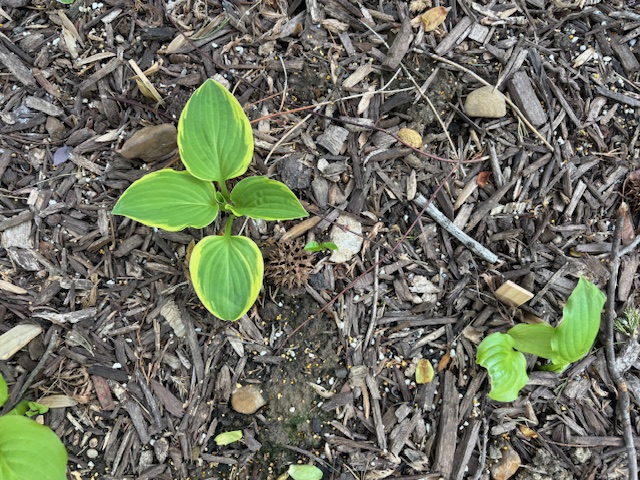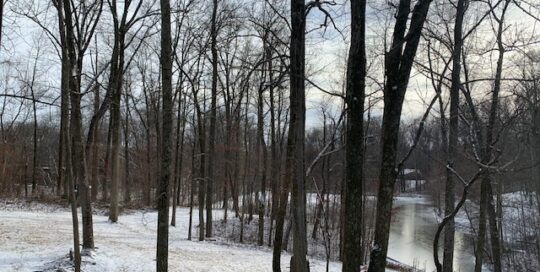Happy New Year? Hellebores – the True Sign of Spring
Views: 465

Today is the first full day of Daylight Savings Time. As I write this, it’s 6:30 p.m. and it is still daylight! The first day of Spring (March 20) and St. Patrick’s Day (March 17) are coming up later this week. For me, this is really the beginning of the year. As the sun rises earlier and sets later, the animals and plants know it is time to begin again. Life, more specifically the hellebore, begins again – Winter was just a long, cold, sleepy interlude.
I’m hearing the song birds warm up, a high-pitched orchestra practicing their repertoire, hoping to attract mates. Soon, the parent birds will be frantically feeding the nestlings and tadpoles will be hatching in the pond.
Hellebore Background
While the daffodils have poked their green leaves out and some buds have formed, they aren’t blooming yet (not in our gardens, anyway). However, the hellebores, also known as “winter rose”, “Christmas Rose” and “Lenten Rose”, have been blooming for over a week. The hellebores aren’t related to the Rose family at all. The ones we grow are probably hybrids created from species in the genus Helleborus, which is part of the Ranunculaceae family. Many species originated in Europe or Asia. Over time, plant breeders have worked their magic and we have many colors of blooms from which to chose even some hybrids with semi-double or double blooms.
Maintaining Hellebores
Hellebores seem to have everything a gardener could wish for:
Hardy from Zones 5a to 8b.
Frost-resistant.
Very early and very beautiful blooms, when nothing else is yet showing a sign of life AND the blooms are quite long lasting.
Very shade tolerant;
Deer-resistant;
Easy to maintain – clear away the dead leave in late winter or early spring (as you can clearly see by the photo, I haven’t gotten around to that yet). No need to fertilize, but top-dress with leaves or mulch.
Around here, in Zone 6b, they go semi-dormant in the hot summer. The leaves are still present, but the leaves may start looking a bit droopy and worn before new ones start to grow.
At least in this neighborhood, which is a semi-civilized woodland, they will propagate themselves, so maybe you can transplant them to other areas. Don’t worry, they are well-mannered and won’t take over your garden. If you get more volunteer hellebores that you want, share them will friends or simply pull them up.
If you have sensitive skin, wear gloves when you are handling any part of the plant as they might cause dermatitis.
One last, important warning – all hellebores are toxic and all parts of the hellebores are toxic. In the old days, they were reportedly used medicinally to cure or used deliberately as poisons. If you have young children wandering about – or pets that like to nibble on strange items – you may not want them in your garden.
That would be a shame, because they are truly lovely plants, but…
Until next time – Stay Green, Good Friends.
Meet Dona Bergman
Dona Bergman is a founding member, Southwest Indiana Chapter of the Indiana Native Plant & Wildlife Society, and an Advanced Master Gardener.







